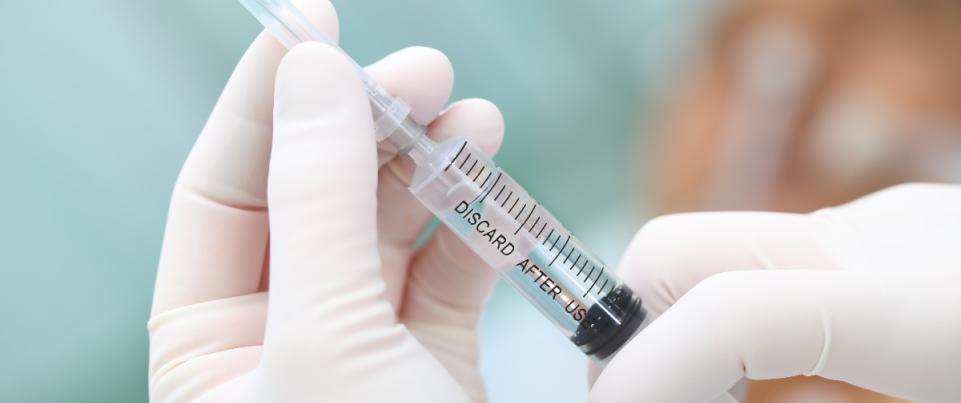
Brain cancers such as gliomas are very difficult to detect, due to their location and the late onset of symptoms. François Devred, a teacher-researcher, presents us with an innovative new method: using artificial intelligence to detect cancers through a blood test.
Fanny Trifilieff: Why use a blood test to detect cancer?
François Devred: The initial idea was to offer a universal, minimally invasive test to help diagnose cancers. We started with gliomas, frequent and aggressive brain tumors that are difficult to diagnose. In this study we show that with nanoDSF, a biophysical technique usually used to characterize the thermal stability of proteins or nanoparticles, we are able to unambiguously distinguish a healthy individual from a patient with a glioma. This is doubly interesting, as it means that we can detect the presence of cancer in the brain from a simple blood sample, without having to identify a molecular biomarker. In other words, even if we don't know exactly what this change in profile is due to, it constitutes a signature of the disease that can be used to aid diagnosis, screening and even monitoring of disease progression/treatment efficacy.
F.T: What role did interdisciplinarity play in this project?
F.D: Interdisciplinarity played an essential role, and was achieved in two stages. Firstly, the meeting between clinicians, in this case neuro-oncologists from the AP-HM, and basic researchers, in this case biophysicists from the PINT platform, led to the identification of this plasma signature. AI specialists from the Computer Science and Systems Laboratory then adapted machine learning algorithms capable of automatically distinguishing between "healthy" and "glioma" profiles. The automation made possible by AI has enabled us to rapidly deploy this approach on other diseases. We have already successfully tested it on 3 other cancers and a rare disease, and are about to use it for a neurodegenerative disease.
F.T: What are the prospects for such a method?
F.D: The prospects are many and extremely promising, with the aim of developing a universal diagnostic aid, or at least one that can be used to detect many diseases, with all the clinical applications mentioned above. Since the publication of this article, several contacts have been established with other clinical departments to test the effectiveness of this approach on new pathologies. Given the wealth of medical resources in Marseille, including the AP-HM and the Institut Paoli Calmettes, we hope to have access to many more plasma samples very soon, confirming that this minimally invasive approach can indeed meet a strong clinical need.
Interview originally published in Lettre d'AMU, May 2021.
Reference: Tsvetkov, P.O.; Eyraud, R.; Ayache, S.; Bougaev, A.A.; Malesinski, S.; Benazha, H.; Gorokhova, S.; Buffat, C.; Dehais, C.; Sanson, M.; Bielle, F.; Figarella Branger, D.; Chinot, O.; Tabouret, E.; Devred, F. An AI-Powered Blood Test to Detect Cancer Using NanoDSF. Cancers 2021, 13, 1294.











